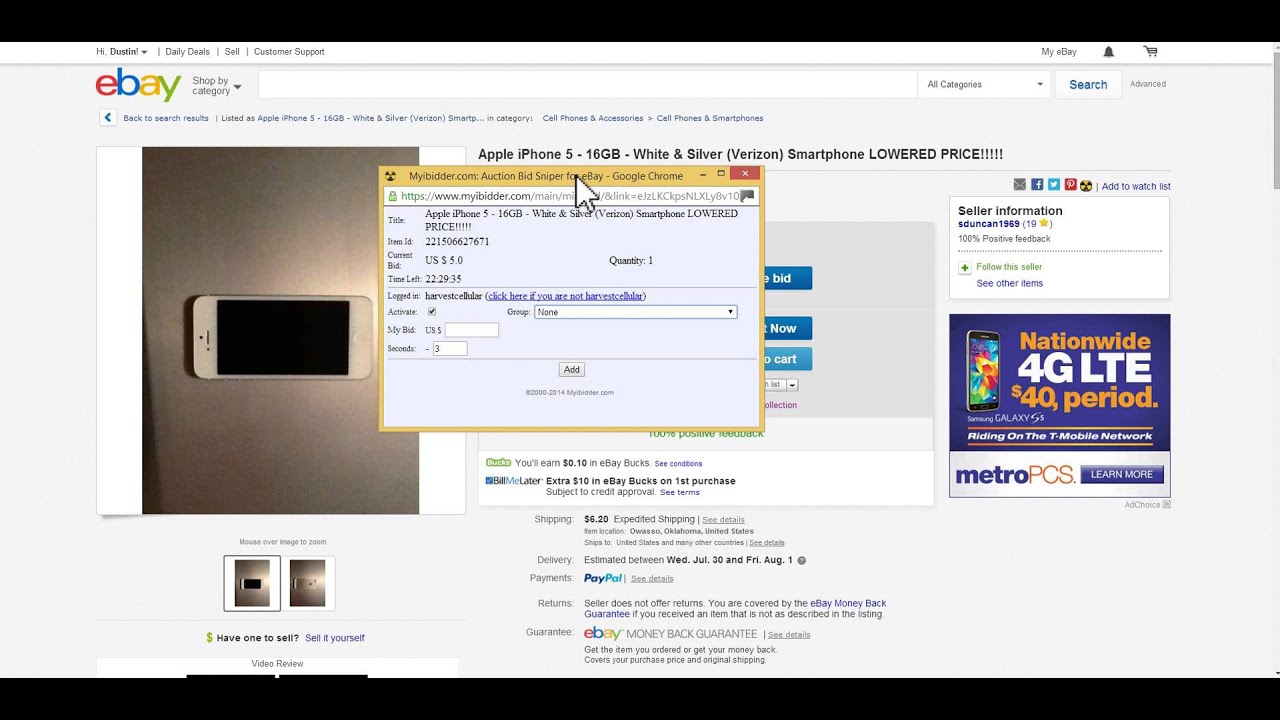

#Proxy websites mac
If you have similar use cases, you should take a close look at IAP for yourself.25175501085 Logo Ameba Icon Security Icon Security White Icon Privacy Icon Performance Icon Privacy Icon Security Icon Performance Icons/45/01 Security/Other-Threats Icons / 32 / Bloatware removal Icons / 32 / Registry Cleaner Icons / 32 / CleanUp Icons / Feature / 32 / Mac Icons / 32 / Browser cleanup Icons/32/01 Security/Malware Icons/32/01 Security/Viruses Icons/32/01 Security/Other-Threats Icons/32/01 Security/Passwords Icons/32/01 Security/Ransomware Icons/32/01 Security/Business Icons/32/02 Privacy/Browser Icons/32/02 Privacy/IP adress Icons/32/02 Privacy/VPN Icons/32/02 Privacy/Proxy Icons/32/02 Privacy/Streaming Icons/32/03 Performance/Celaning Icons/32/03 Performance/Drivers Icons/32/03 Performance/Gaming Icons/32/03 Performance/Hardware Icons/32/03 Performance/Speed Icons / 32 / Bloatware removal Icons / 32 / Registry Cleaner Win Icons / 32 / CleanUp Icons / Feature / 32 / Mac Icons / 32 / Browser cleanup Icons/60/02 Privacy/02_Privacy Icons/60/01 Security/01_Security Icons/60/03 Performance/03_Performance Icons/80/01 Security/IoT Icons/80/01 Security/Malware Icons/80/01 Security/Passwords Icons/80/01 Security/Ransomware Icons/80/01 Security/Viruses Icons/80/01 Security/Other-Threats Icons/80/03 Security/Business Icons/80/02 Privacy/Browser Icons/80/02 Privacy/IP adress Icons/80/02 Privacy/VPN Icons/80/02 Privacy/Proxy Icons/80/02 Privacy/Streaming Icons/80/03 Performance/Celaning Icons/80/03 Performance/Drivers Icons/80/03 Performance/Gaming Icons/80/03 Performance/Hardware Icons/80/03 Performance/Speed Icons/80/03 Performance/03_Performance Icons/80/02 Privacy/02_Privacy I didn't need to do any of those things any more! It seemed almost magical. I was thrilled to discover Identity-Aware Proxy.

#Proxy websites registration
Over my career, I have set up web sites, managed user registration and authentication, tracked sessions, configured firewalls, and used VPNs for internal sites. Those policies can require specific operating system versions, use of company profiles on browsers or mobile devices, or even use of company owned equipment only. Organizations can set device policies members of a group must follow in order to be given access. And IAP can go even further than basing access on identity only. Access can be limited to any group, or combination of groups, by specifying a group email address instead of individual ones.IAP's second major function is to add headers to each request with user identity information, so the receiving site can use that information without having to perform its own authentication. Anyone willing and able to authenticate will be given access to the site. For public, but authenticated, access, specify that IAP should allow "allAuthenticatedUsers".IAP can authenticate Gmail or Google Workspace addresses, addresses in a company's Active Directory or other LDAP directory via Google Cloud Directory Sync, or addresses supported by other common identity providers. Create an employee-only, or "intranet", server by specifying that only users who authenticate with company email addresses should be allowed access.The core steps are similar regardless of the case:


 0 kommentar(er)
0 kommentar(er)
